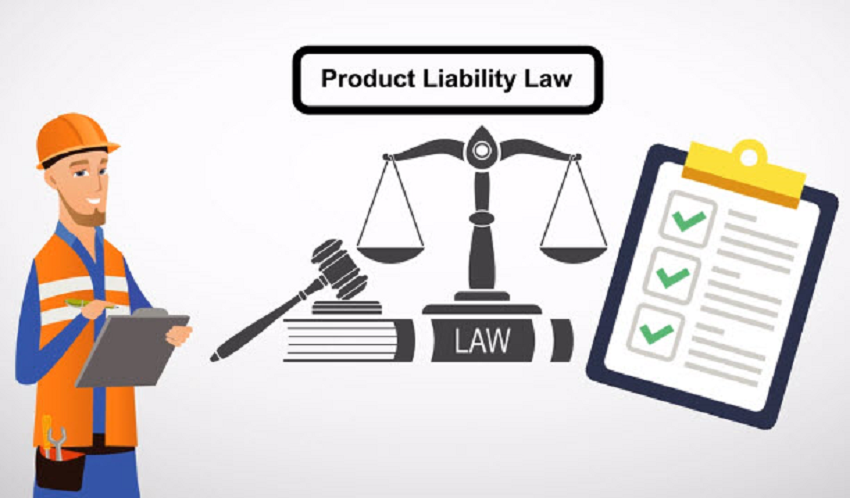Manufacturing companies need to go through rigorous and diligent testing of their products before releasing them to the public for human consumption. Irrespective of these processes, it’s not impossible for a few defective products to find their way into the market. Such defects lead to defective product injuries. The injuries result from faulty designs, unexpected failures, and malfunctions.
Fortunately, injured consumers can sue the manufacturers for injuries suffered through product liability claims. Consult experts like Gross and Schuster to pursue your product liability claim.
Naturally, most people are green when it comes to product liability laws in their states, which may lead to mistakes that are detrimental to the success of their claims. We’ve broken down some of the most common mistakes you should avoid when you find yourself injured by a defective product.
Attempting to Fix the Defective Product
Trying to fix the product is the most common mistake. It’s almost impulsive human nature to try and fix a new product that didn’t work. However, from the moment the product injures you, its specific defect becomes a piece of evidence.
Therefore, think of a product liability claim like a warranty where you can only get reimbursed for a product defect that was solely the manufacturer’s fault. Trying to fix the product may render your case invalid by the defendant claiming that you caused the defect. Furthermore, trying to fix a defective product may cause more defects that could harm you and your loved ones.
Failing to Document the Injuries
Product liability claims may involve different compensation categories. You may claim lost income, pain and suffering, mental anguish, medical expenses, and economic damages like home care and child care. However, to win a verdict, you will require strong pieces of evidence to show the damages and their exact values.
Therefore, ensure that you’ve kept an account of your invoices, medical bills, pictures of the accident or its aftermath, and eyewitness accounts among others. List down all the items you purchased or lost as a result of the defective product. Seek guidance from a product liability law firm on the exact things you need to keep an account of.
Oversharing on Social Media Platforms
Oddly enough, casually sharing cheerful posts of yourself on your socials may adversely affect your claim. How? The defense may use this to water down your claim for pain and suffering to show that you are not constantly suffering as you claim. Additionally, sharing about the defecting product on social media, may lead to you releasing information that may be used against you. To protect your case, it’s best if you keep your social media accounts private until the case is over.
Postponing or Skipping Medical Care
Whether the product caused you a life-threatening injury or a minor one, seeking medical services is always a wise decision. Some injuries only show their symptoms weeks or even months after, for instance, effects on the brain. When you did not make an initial check when you got the injury, it will be a lot harder for you to prove the relation between the injury and the effect.
Doctors not only treat the injury and nurse you back to good health, but also play an essential role in the case by illustrating that you took the necessary steps to mitigate the injuries. If you opt for home care and self-medication, you water down your chance of proving that the defective item caused you or your loved one harm.
It’s a Lot Easier with Professional Help
Fortunately, product liability cases work on strict liability. Except for a few exceptions, as soon as you prove that the product was defective and it was the cause of your injury, everything else is less strenuous from that point.
What you have to ensure is that you avoid common mistakes that may alter the foundation of your claim. It is advisable to get an attorney as soon as you suffer injuries from a defective product, they will guide you on what to do and what not to.

